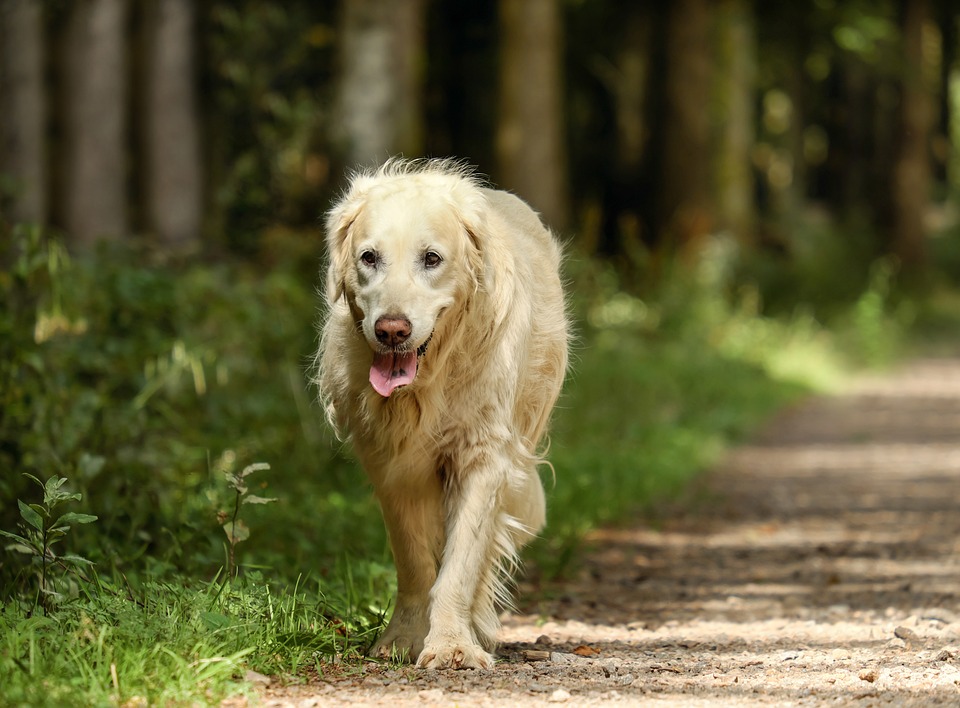**Introduction**
Having designated resting spots for dogs is essential for their overall well-being and behavior. Dogs need a safe and comfortable space where they can relax and unwind. One effective method to establish these resting spots is through stationing. In this guide, we will explore the concept of stationing and how it can benefit your dog’s training and behavior.
**Understanding Stationing**
Stationing refers to teaching your dog to go to a designated spot and remain there until released. It is an important concept in dog training as it helps establish boundaries and promotes self-control. By teaching your dog to station, you are providing them with a specific area where they can rest and relax.
The process of stationing involves teaching your dog to go to the designated spot on command and stay there until given permission to leave. This can be particularly useful during meal times, when guests come over, or when you need your dog to stay in a specific area.
**Teaching Your Dog to Use Stationing for Resting**
To effectively train your dog to use stationing for resting, follow these steps:
**Step 1: Choose the Resting Spot**
Before you begin training, identify the ideal resting spot for your dog. This spot should be comfortable, easily accessible, and away from distractions. Consider factors such as temperature, noise levels, and proximity to family activities when selecting a resting spot.
**Step 2: Introduce the Resting Spot**
Once you have chosen the resting spot, introduce it to your dog. Allow them to explore the area and make it appealing by adding comfortable bedding or toys. This will help create a positive association with the spot.
**Step 3: Introduce the Command**
Choose a clear and distinct command that you will use to instruct your dog to go to their designated resting spot. Examples include “Go to your spot” or “Station.” Consistency is key when using commands, so be sure to use the same one every time.
Teach your dog to respond to the command by guiding them to the spot and rewarding them when they arrive. Repeat this process several times until your dog associates the command with going to their resting spot.
**Step 4: Reinforce the Behavior**
Positive reinforcement is crucial when training your dog to use stationing for resting. Whenever your dog goes to their designated spot on command, reward them with praise, treats, or a favorite toy. This will reinforce the behavior and encourage them to continue using the spot.
Consistency is important during this step. Ensure that every time your dog goes to their resting spot, they receive positive reinforcement. This will help them understand that using the spot is a desirable behavior.
**Step 5: Practice and Consistency**
Regular training sessions are necessary to reinforce the behavior of using the designated resting spot. Start with short durations and gradually increase the amount of time your dog spends in their spot. This will help them become comfortable and accustomed to staying there for longer periods.
Consistency is key throughout the training process. Make sure everyone in your household is aware of the training and follows the same commands and reinforcement techniques. This will prevent confusion and reinforce the desired behavior.
**Common Challenges and Troubleshooting**
During the training process, you may encounter some challenges. Here are a few common issues and how to troubleshoot them:
– My Dog Refuses to Use the Designated Resting Spot: If your dog is reluctant to use the resting spot, try making it more appealing by adding their favorite toys or treats. You can also try using a different spot that may be more appealing to them.
– My Dog Keeps Leaving the Resting Spot Prematurely: If your dog consistently leaves the resting spot before being released, you may need to go back to shorter durations and gradually increase the time. Additionally, ensure that you are rewarding your dog for staying in the spot and not just for going there initially.
– My Dog Shows Signs of Anxiety or Discomfort on the Resting Spot: If your dog appears anxious or uncomfortable on the resting spot, it may not be suitable for them. Consider selecting a different spot or providing additional comfort, such as a cozy blanket or cushion.
**Frequently Asked Questions (FAQs)**
1. Can I use stationing for multiple resting spots in my house?
Yes, you can train your dog to use stationing for multiple resting spots in your house. Simply follow the same training steps for each spot.
2. How long does it take to train a dog to use stationing for resting?
The training duration can vary depending on your dog’s individual learning ability and consistency in training. It may take a few weeks or even longer to fully establish the behavior.
3. Can stationing be used for outdoor resting spots as well?
Yes, stationing can be used for outdoor resting spots as well. However, ensure that the spot is safe and secure for your dog.
4. What should I do if my dog starts using other furniture instead of the designated resting spot?
If your dog starts using other furniture instead of the designated resting spot, redirect them to the correct spot and provide positive reinforcement when they use it correctly. Consistency and patience are key in reinforcing the desired behavior.
5. Is it possible to use stationing for multiple dogs in a household?
Yes, it is possible to train multiple dogs in a household to use stationing for resting. However, it may require additional training sessions and individual reinforcement for each dog.
Remember, training your dog to use stationing for designated resting spots requires patience, consistency, and positive reinforcement. With time and practice, your dog will learn to appreciate and utilize their own comfortable resting space, leading to a happier and more well-behaved pet.









